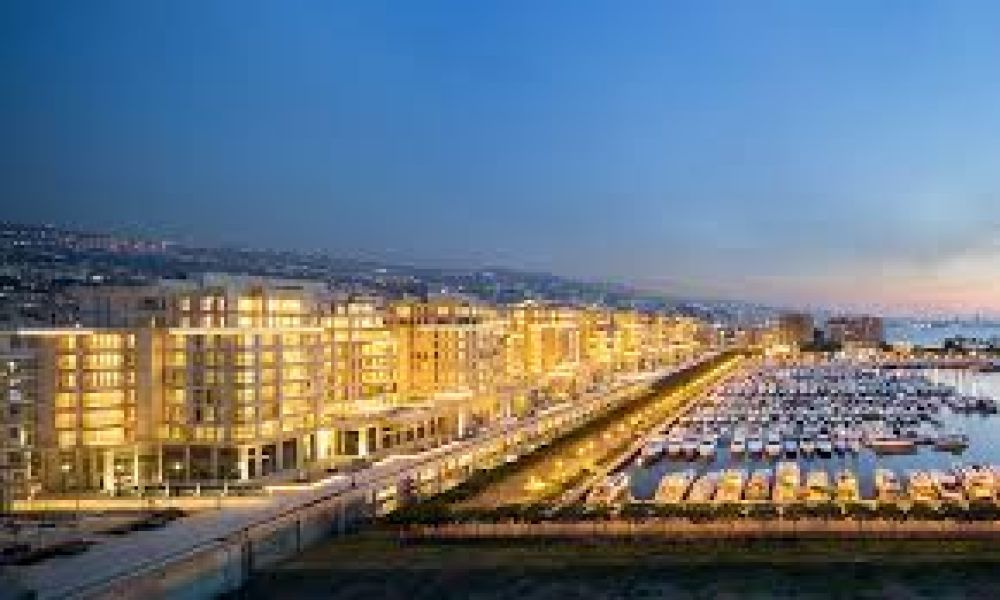

Beirut Waterfront, also known as the Corniche Beirut, is one of the most attractive promenades in the Lebanese capital. Stretching along the Mediterranean coast, it has been a focal point for social life and recreation in the city. Over the years, this picturesque location has undergone extensive development to cater to both locals and tourists.
The area is dotted with modern art sculptures, luxurious yachts anchored at the Zaitunay Bay, and the iconic Pigeon Rocks in the nearby Raouche district. The Beirut Waterfront has transformed into a vibrant hub filled with outdoor cafes, upscale restaurants, and entertainment venues. It's a place where one can witness the beautiful synthesis of Beirut's rich history and its modern cosmopolitan culture.
The Beirut Central District (BCD), sometimes known as "Solidere", is the historical and geographical core of the city. Heavily damaged during the Lebanese civil war, the district has seen major reconstructive and redevelopment efforts since the 1990s. Its architecture blends French Mandate, Ottoman, and modern contemporary styles, offering a visual representation of Beirut's multifaceted past.
In the BCD, one can find several landmarks such as the Nejmeh Square, home to the Parliament building, and the Beirut Souks, a modern shopping area that preserves the name and footprint of the ancient market it replaced. The BCD is also known for its religious diversity, hosting numerous churches and mosques, including the Mohammed Al-Amin Mosque and the Saint George Maronite Cathedral.
Lebanon's tourism industry has traditionally been a vital component of the local economy. With its rich cultural heritage, diverse landscapes, and cosmopolitan capital, Lebanon once earned the nickname, "Switzerland of the East" during its heyday in the 1960s.
However, the onset of the civil war in 1975 had a devastating effect on the sector. Following the end of the conflict in 1990, Lebanon invested considerably in reviving tourism. The nation capitalized on its historical sites, such as the Phoenician, Roman, and Ottoman ruins, and natural beauty ranging from beaches to mountain resorts.
The twenty-first century has seen a fluctuating trend in Lebanon's tourism industry, often linked to the country's stability. Despite the challenges, Beirut has remained a cultural and urban hub attracting tourists who seek culinary delights, a vibrant nightlife, and historic explorations.
The latest trend in Lebanon's tourism pivots towards eco-tourism and adventure travel, showcasing the country's natural reserves and outdoor activities. There has also been growth in cultural tourism, with an emphasis on the heritage and culinary experiences reflective of the country's rich history and diversity.
Lebanon continues to face economic and political hurdles that impact its tourism sector. Nevertheless, the resilience of its people and the enduring appeal of sites like Beirut Waterfront and the Beirut Central District help keep the spirit of Lebanese hospitality alive.